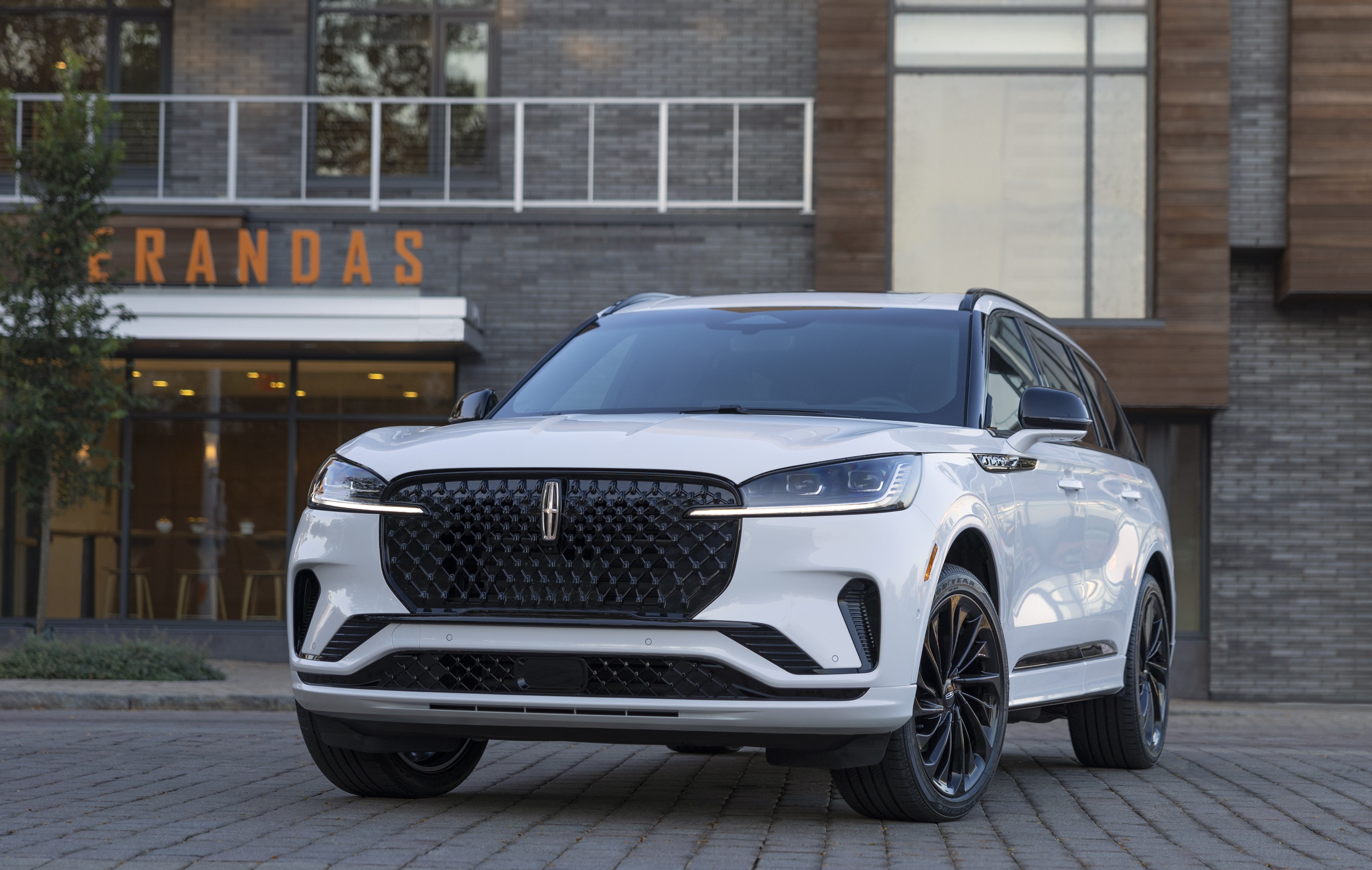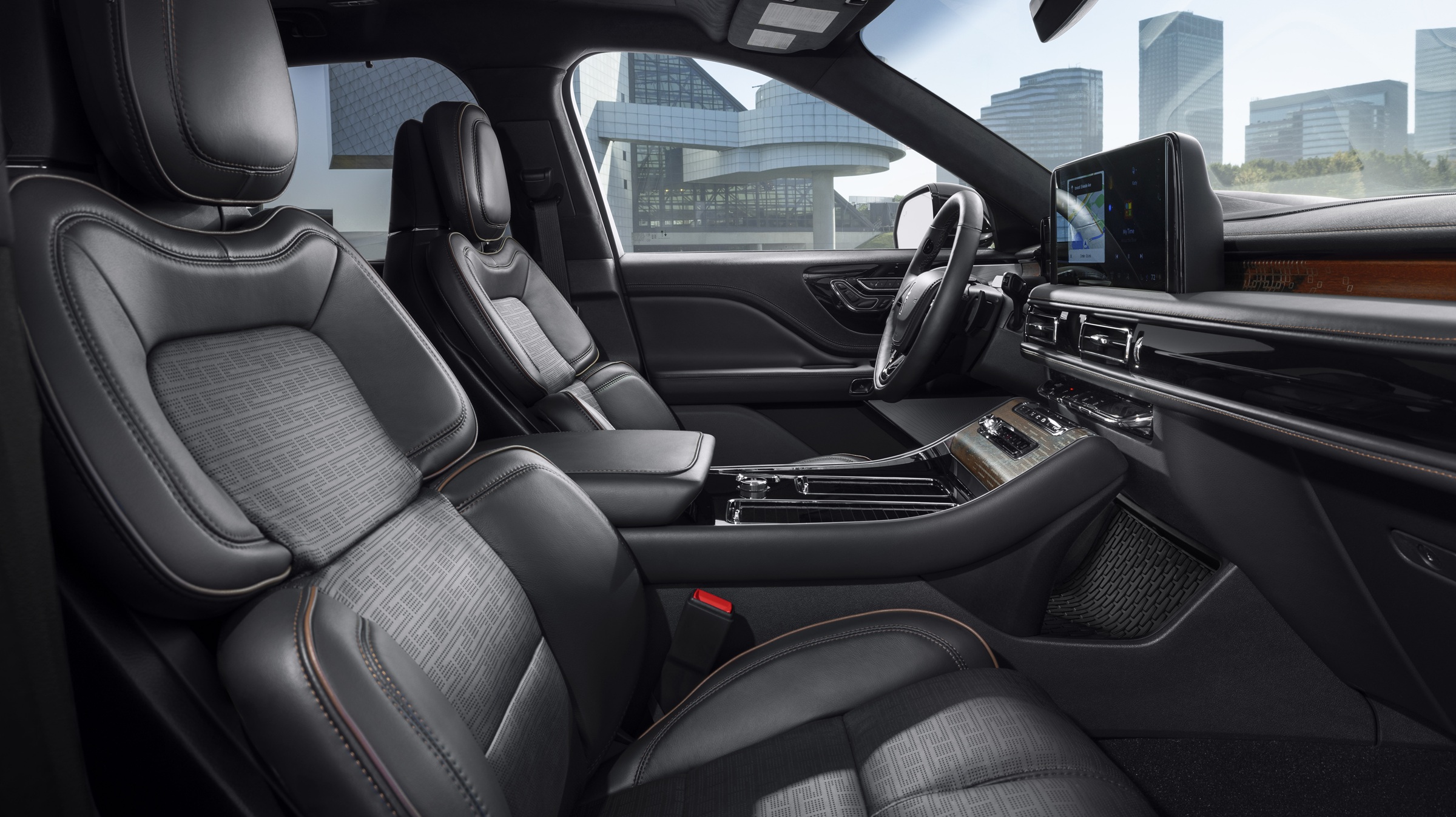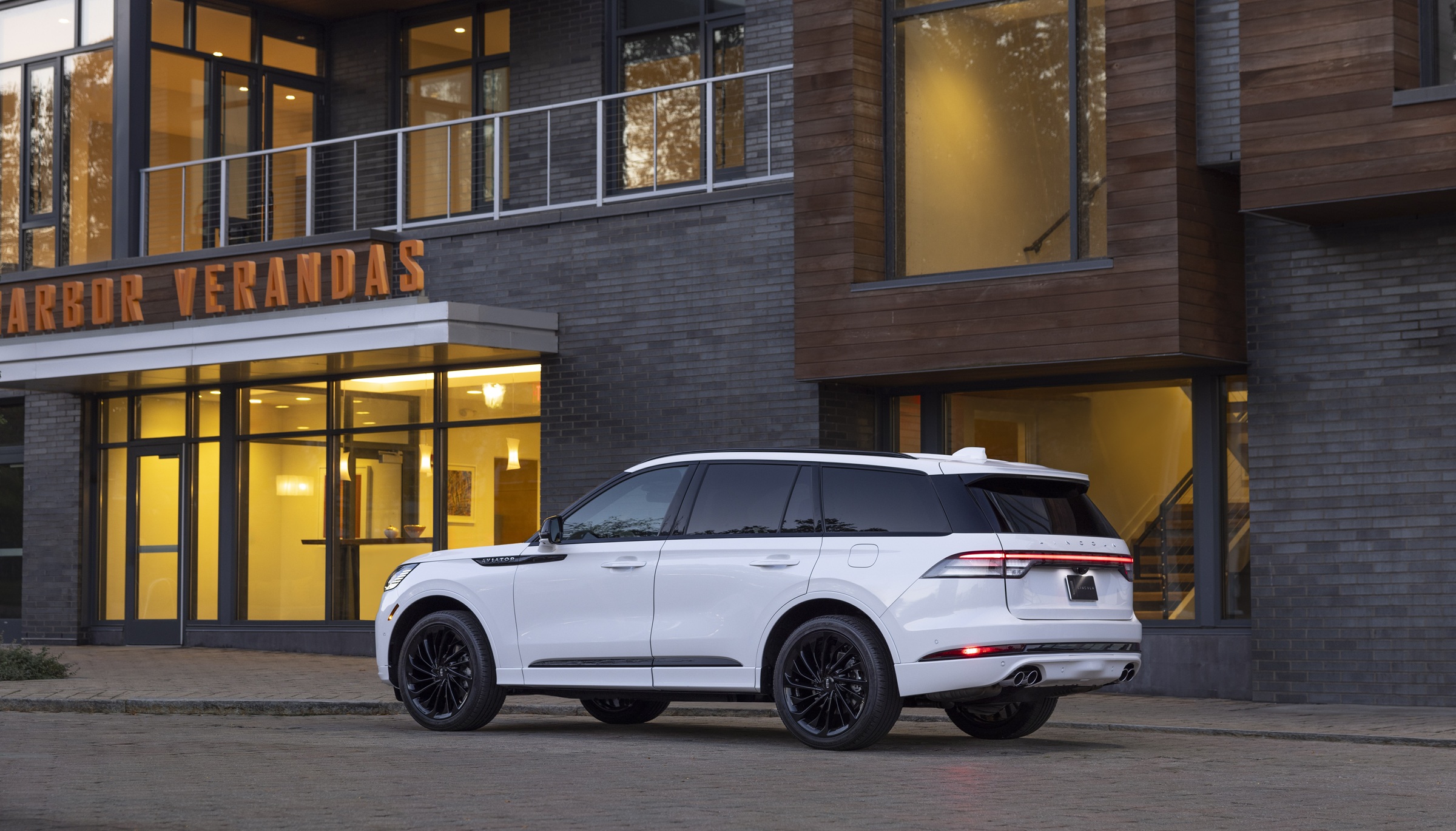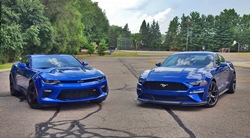Lincoln is a brand that has gone all in on SUVs with the luxury brand kicking sedans and other types of vehicles to the curb as it attempts to lure in buyers who were more than happy to go to rivals like Cadillac, Land Rover, and Lexus during the dark days of the brand where they were admittedly far from being a top contender in its class.
One of these models is the 2025 Lincoln Aviator an SUV that is attempting to expand the brand’s reach to buyers that want a nice three-row option but don’t want to pay the massive upcharge that often comes with a bigger Navigator. A major refresh has helped give the Aviator a newfound identity but is it all enough for the Aviator to finally hit the big time and show buyers what it brings to the table?
What’s new for 2025?

Styling updates are a prominent theme for 2025 with the Aviator getting a new front fascia that helps bring it more in line with other updated models including the bigger Navigator as well as the Nautilus. The front end gets new headlights and a front grille that’s bigger than ever with the textures in the piece itself giving the Aviator a more mature outlook on life. New lighting animations create welcoming visuals when approaching the Aviator with a similar animation being done when walking away from the Aviator. The rear end also gets some minor tweaks but the bulk of the changes are focused on the front end and as a result, the rear of the SUV will be largely familiar to returning buyers.
Our white-hued tester came in the middle of wild winter weather and while that thwarted our efforts to shoot the exterior, the styling is sending a strong message about how serious Lincoln is at winning customers back in a segment that often serves as a stepping stone for buyers looking to eventually move up into a flagship SUV model after their time in an Aviator sized vehicle is completed.
Luxurious interior gains more tech and comfort

Slip inside the 2025 Aviator and you will be greeted with a higher level of luxury and technology. All models get a new 13.2-inch touchscreen infotainment system and a slightly smaller 12.3-inch digital instrument cluster standard. The Aviator is part of a growing lineup of Lincoln models to come with Lincoln’s “Lincoln Digital Experience” software. This system uses Android Automotive and is a marked improvement over older Ford systems when it comes to usability and feature content despite not adopting the same curved screen seen in the Nautilus. The front seats are comfortable and models like our tester come with Ford’s Perfect Position seats which offer a myriad of adjustments and even come with built-in massage.
The second-row seats are also comfortable but the Aviator’s Explorer-based origins do show when it comes to the third row with the Aviator’s third-row seats being just as cramped as its Ford counterpart. Black Label models like our tester do benefit from a new appearance package called Invitation but our tester arrived without this theme and it also didn’t come with the Digital Scent feature either. That latter item is an optional extra but it freshens up the cabin with a multitude of scents via special cartridges.
Simplified performance

The 2025 Lincoln Aviator brings simplified performance to buyers with all models being powered by a 3.0-liter twin-turbocharged V6 carried over from the outgoing one (the old base V6 has been dropped.) It still makes 400 hp and a 10-speed automatic continues to be the lone transmission available. Driving our tester revealed the Aviator has a confident character but drivers looking for maximum driving enjoyment will not find it in abundance here since the Aviator’s suspension tuning prefers to be on the compliant side even when tuned to its firmest setting.
Our tester came with the Dynamic Handling package which sharpened up the steering but this package can only do so much to improve things and the Aviator is ultimately at its happiest when allowed to cruise within its comfort zone. Our tester needed 6.0 seconds to make the sprint to 60 mph which is competent with many of its rivals but there are still some entries that are quicker than it including the Audi Q7 and versions of the Genesis GV80 with the 3.5-liter V6.
Fuel economy also mirrors the 0 to 60 time with rear-wheel drive Aviators getting an EPA-rated 18/26 mpg in city/freeway driving while all-wheel drive models like our tester get 17/24 mpg which is worse than some rivals.
Value Quotient
Another part of the 2025 update centers around the trim ladder being trimmed to just three models with Lincoln reps saying in the past that it did this to not only respond to consumer demand but also sales with the base model being dropped. In its place is the newly demoted Premiere model which starts at $58,995 before fees and options are included. The Reserve is the middle trim with these models starting at $66,195. Lincoln sees the Reserve as being the volume player in the Aviator family.
Move to a range-topping Black Label like our tester and you will be greeted with a base sticker of $87,395. Our tester arrived with a generous amount of options which caused the price to swell past $90,000 when all was said and done. This pricing put our Black Label very close to a base Navigator Reserve but the unique appointments and some of the perks that come with the Black Label badge do allow models like our tester to have their own distinct appeal when viewed as a whole.

Carl Malek has been an automotive journalist for over 10 years. First starting out as a freelance photographer before making the transition to writing during college, his work has appeared on numerous automotive forums as well as websites such as Autoshopper.com.
Carl is also a big fan of British vehicles with the bulk of his devotion going to the Morgan Motor Company as well as offerings from Lotus, MG, and Caterham. When he is not writing about automobiles, Carl enjoys spending time with his family and friends in the Metro Detroit area, as well as spending time with his adorable pets.
